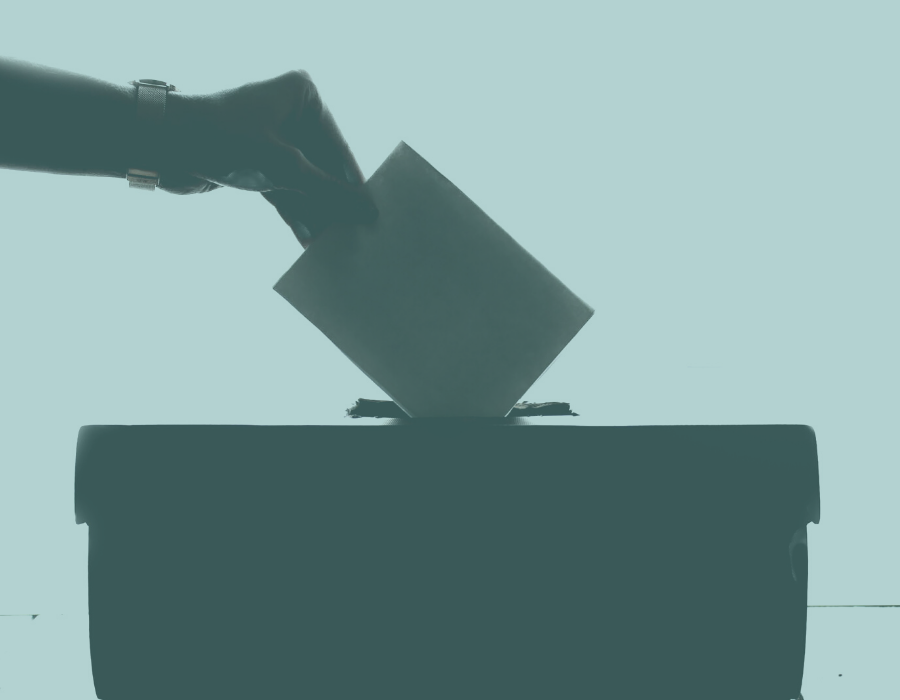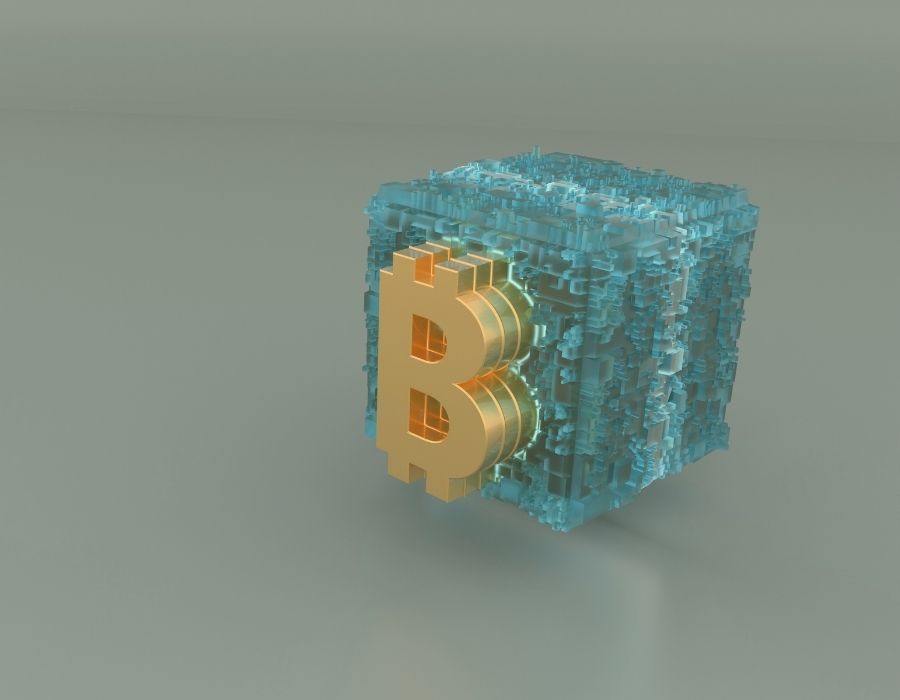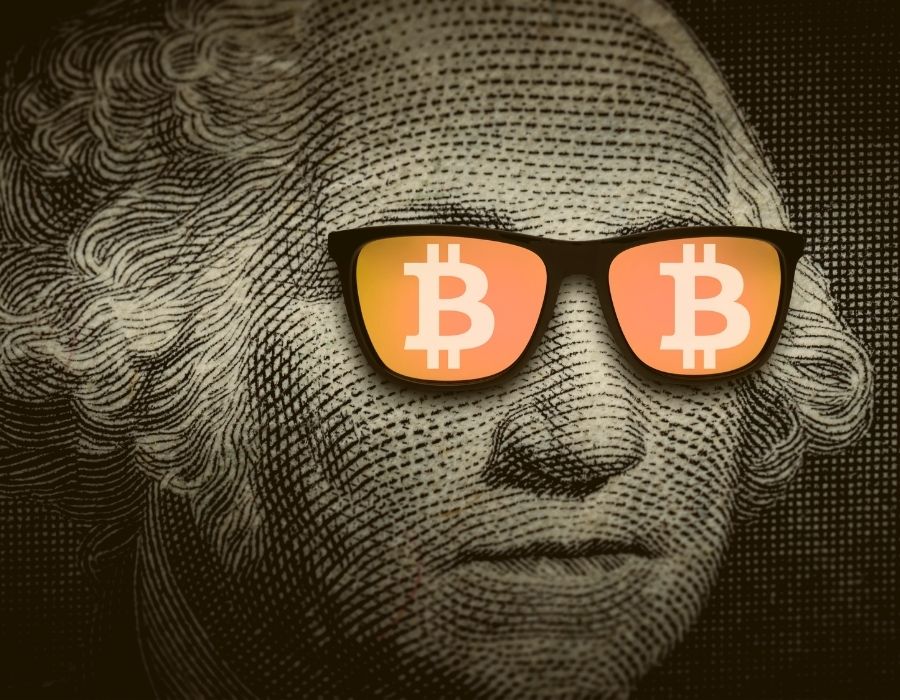The voting process is a very sensitive issue as it elects the future governments, leaders of organizations, and other prominent officeholders. However, ever since the conceptualization of the voting system, it has been marred by rampant corruption and malpractices.
We are well aware of the global crises concerning the legitimacy of the voting processes. Every nation is struggling to conduct free and fair voting without any corruption. However, the current methods have proved futile in making it happen.
The democratic processes have been jeopardized by the ongoing rampant corruption in the election processes. Even some countries have transitioned to the online voting platforms but still face the menace of rigging in polls since these are traditional online systems with centralized databases.
In this article, we will introduce the “Blockchain Voting” system to you which is one of the latest technological advancement in online election processes. Blockchain is a set of technologies set to revolutionize voting processes throughout the globe.
Table of contents
- Understanding blockchain technology
- An hypothetical mechanism for voting with blockchain
- Key takeaways from blockchain voting
- Advantages of blockchain voting
Understanding blockchain technology
Blockchain technology is poles apart from what you may know already. Unlike traditional information technology (IT), blockchain uses open-source software to minimize trust and secure the integrity of data over a network of peers (computers).
Trustlessness is what differentiates blockchain from traditional systems. In fact, it is decentralized which means that no single entity is in charge of the data on their own. Moreover, every entity will maintain a copy of the data.
One block of data, as persisted and created using blockchain systems, consists of potential transactions but more importantly, always links back to the previous block of the chain, as to ensure the integrity of data that they contain. The transactions will thereby be transparent, and the probability of maliciously modifying this data gets smaller for every block of a network.
Furthermore, transparent audit trails are key attributes of blockchain technology as well, which are unavailable in traditional systems. An audit trail is separately preserved for every block in the blockchain which makes it verifiable amongst participants of the network.
This audit trail is often referred to as the chain of blocks. In fact, any operation including balance changes can be traced back using the block that was used to broadcast it to network peers – and given that every block always links back to the previous block, it is extremely complicated to maliciously modify this audit trail – in fact, it is of the domain of the impossible, as number theory tells us [Bitcoin Whitepaper, Section 11].
Much to the contrary of blockchain, traditional systems have centralized processes in places for gathering data, which is also thereby under the control of a single organization or entity. In this situation, you have to trust said entity about the data that you are fed, and you will often not be able to verify the integrity or history of changes of those datasets.
A blockchain network is made up of nodes, which communicate to create blocks and include transactions. In this technological realm, transactions and information are scattered on thousands of nodes or computers, therefore the probability that someone would intercept the data and modify it before it lands in a block is quite small.
That aspect of blockchain makes it safe from potential hackers and is the reason for the digital world’s quick adaption that is happening as of lately. Security and transparency of data is the hallmark of blockchain technology.
Furthermore, a consensus protocol enhances the cyber security properties in blockchain networks. A consensus protocol is a set of rules that define the change process that is in place for a specific network. As such, a consensus is necessary amongst a majority of network peers to modify parts of the protocol or some of the consensus rules that are in place.
An hypothetical mechanism for voting with blockchain
Let’s hypothetically consider a digital blockchain voting booth where a voter would first have to be onboarded and access the booth online. Once the onboarding is done, identity verification is processed to avail the opportunity to cast a vote after due verification. Note that due to an identity verification being introduced, we are defining a central authority to authorize voters ahead of time, yet we will still make use of features of blockchain that enable decentralized processes around the act of voting.
Using a decentralized autonomous organization (DAO) to verify identities and make sure about the uniqueness of voters and about the integrity of votes that are collected permits to further decentralize the voting process.
One the key aspects of voting with blockchain is that it would use transparent storage processes and transparent communication flows such that it is less prone to malicious attempts at modifying outcomes or even to corruption. Note here that it is important to secure the privacy of voters and to not reveal publicly whatever has been voted for, by one individual voter.
Key takeaways from blockchain voting
Building DAOs
Blockchain technology will require the creation of DAOs (Decentralized Autonomous Organizations) to oversee and manage the process of voting. If you have not heard about DAOs before, we recommend that you read our article: What is DAO
Zero-knowledge protocols
The voting results declaration and the whole process are kept transparent without sabotaging voters’ privacy. That is possible by adhering to some zero-knowledge protocols.
Have you ever tried to describe something, without actually mentioning the actual thing itself?
This is what zero-knowledge protocols are about. Keeping full privacy around some datasets, whilst proving the authenticity of it.
Advantages of blockchain voting
There are countless advantages of using blockchain voting for carrying out the voting process. Some of the key attributes are mentioned below:
- It is an easy and secure voting mechanism.
- With decentralized blockchain technology, the voting process becomes transparent and free from corruption and other malpractices.
- Blockchain voting significantly reduces the cost of the voting process compared to the other traditional voting methods.
- Fundraising of political parties can also be on the same blockchain platform to add up to the transparency of the voting process.
- This method has a low operational cost and will give the most accurate results.
With the building of DAOs as the voting organizations, the results will be accurate and free from any fraudulent intervention

We hope that this article was insightful for you and are looking forward to any feedback and messages. Please share your thoughts in the comments section below!
Disclaimer
This website may contain information about financial firms, employees of such firms, and/or their products and services such as real estate, stocks, bonds, and other types of investments. While this website may intend - as the author deem necessary - to provide information on financial matters and investments, such information or references should not be construed or interpreted as investment advice or viewed as an endorsement.



